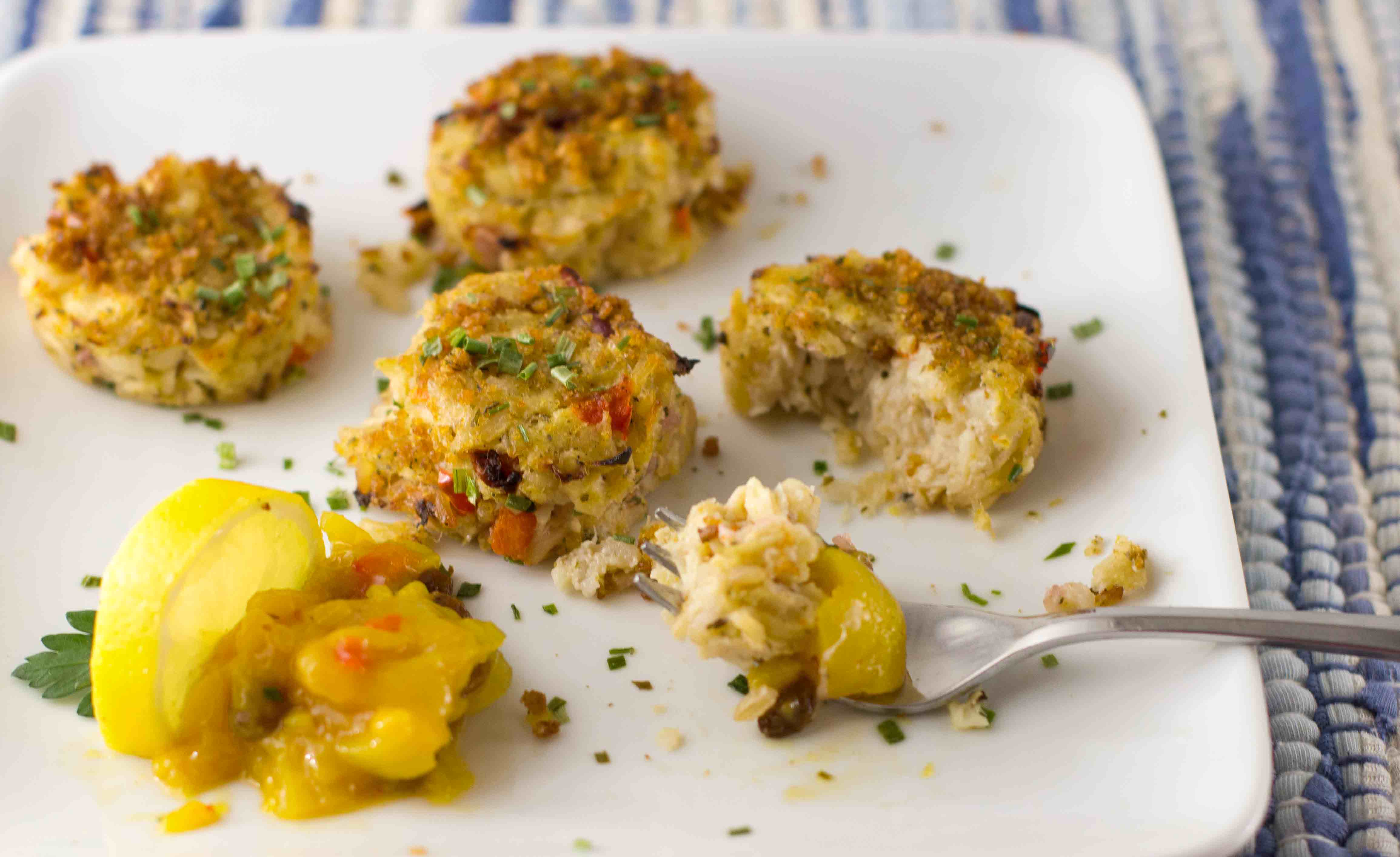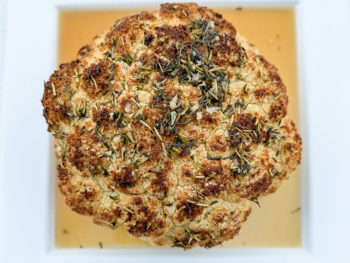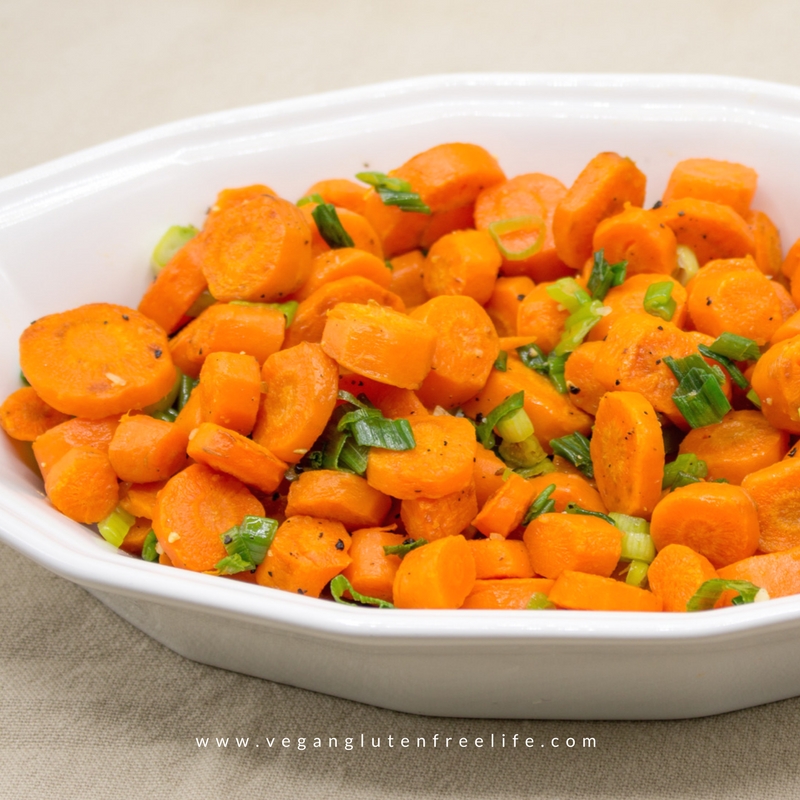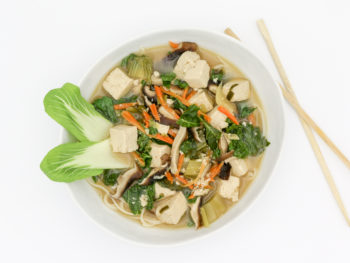So here it is, we all pick up food and often never look at the labels, but when we do, it is a daunting task. Food labels are not meant to be easily read. Food companies don’t want us to really understand the amount of calories, fat, cholesterol, and sugars in many foods. Often times the serving sizes are much smaller than expected or often eaten. Knowing what info to look at and why is important for you to make wise choices on your next grocery trip.
Here is a quick and dirty rundown on how to read nutrition labels.
Serving Size: All of the nutrition information including calories comes from this serving size. This pesky service size is often smaller than we expect, too.
Calories and Calories from Fat: Take a look at the total calories per serving size. Calories from fat tells us how many calories come directly from fat.
– For example, if total calories are 100 and the calories from fat are 50, then 50% of the total calories are from fat (not always a good thing to have that many calories from fat)
– Of note, all the daily percentage values listed on a nutrition label are taking into account a 2,000 calorie per day diet. As adults, if we are trying to lose weight, we should be consuming less than 2,000 calories per day.
Total Fat: The more important values to look at are the saturated, trans, polyunsaturated, and monounsaturated fats. As a rule of thumb, you want to consume foods that have little to no saturated or trans fat and relatively more monounsaturated and polyunsaturated fats. Remember, “fat free” does not mean “calorie free.” Many “fat free” foods have added sugar and calories.
Saturated Fats: This type of fat is primarily from animal sources such as dairy products and meat. This fat increases LDL (bad) cholesterol and decreases HDL (healthy) cholesterol.
Monounsaturated Fats: Found in a variety of foods and oils. This type of fat can actually help increase the “healthy” HDL cholesterol.
Polyunsaturated Fats: This type of fat is found mostly in plant-based foods and oils. This type of fat also increases the “healthy” HDL cholesterol and decreases the risk of heart disease. These fatty acids may also decrease risk of type 2 diabetes.
Cholesterol: Is a waxy substance that comes from animal foods. Excess cholesterol forms plaque between artery walls, making it harder for blood to move through our bodies. If a plaque breaks off it forms a clot and can cause a stroke or heart attack. There are 2 types of cholesterol:
“healthy” HDL cholesterol
“lousy” LDL cholesterol
If our LDL cholesterol is higher than normal the risk of heart disease, stroke, and type 2 diabetes increases.
Sodium: Daily recommended sodium intake for adults is 2,300 mg. We want to limit our sodium intake as it can increase our blood pressure. If a food is “low” in sodium, then by USDA requirements, it has only 140 mg of sodium per serving. As an added side note, too much sodium can cause water retention and bloating. Neither of which anyone wants, especially, as summer approaches.
Sugars: it is important to keep the total amount of sugar in our diets as ow as possible, especially added sugars and those from processed foods. Sugar is associated with obesity & diabetes.
Protein: we only need 10-20% of our daily calories from protein. Or about 100-200 calories per day. Getting enough plant powered protein is easy. Take a look at Protein Myth for more info.
Give it a try with Unsweetened Vanilla Almond Milk:














